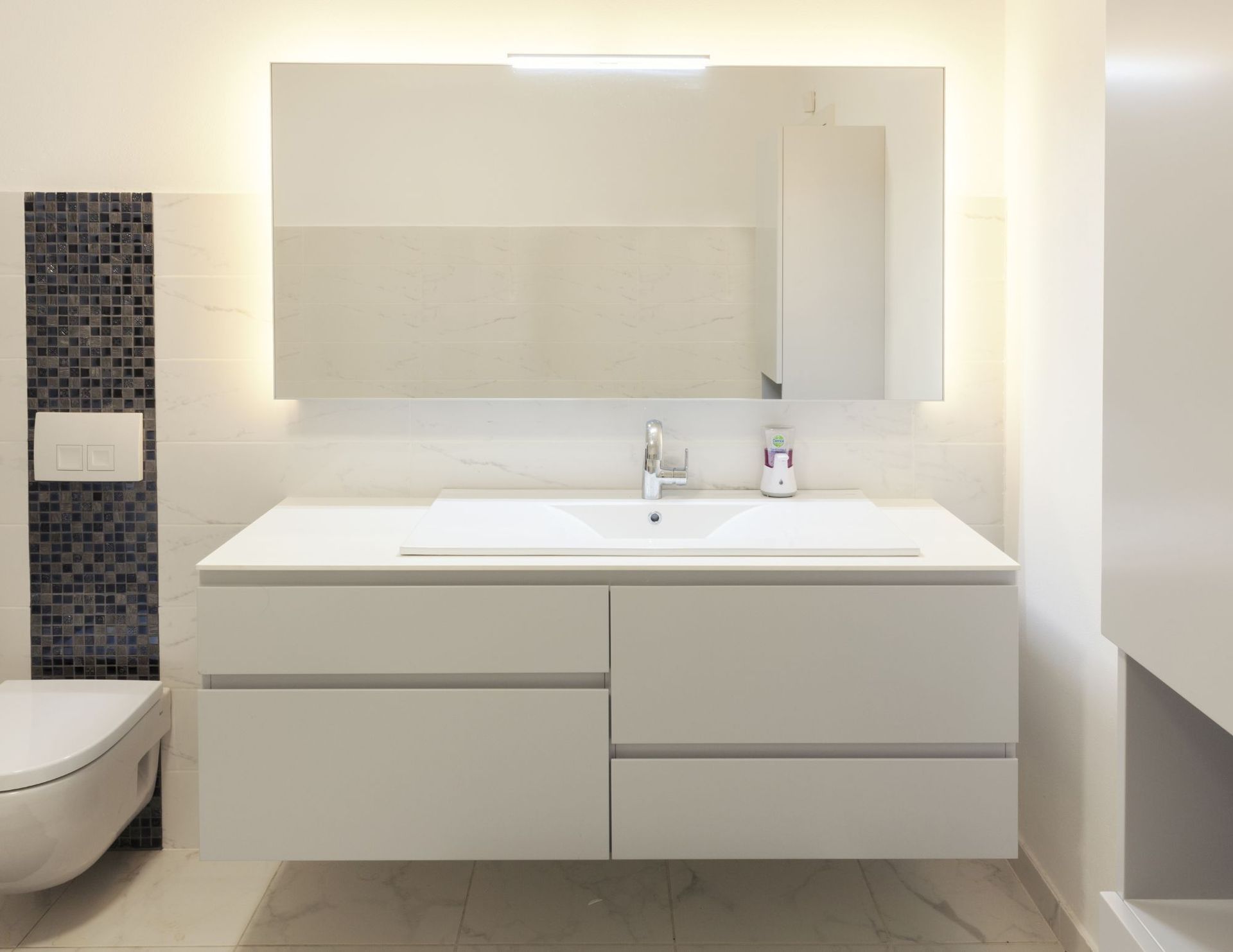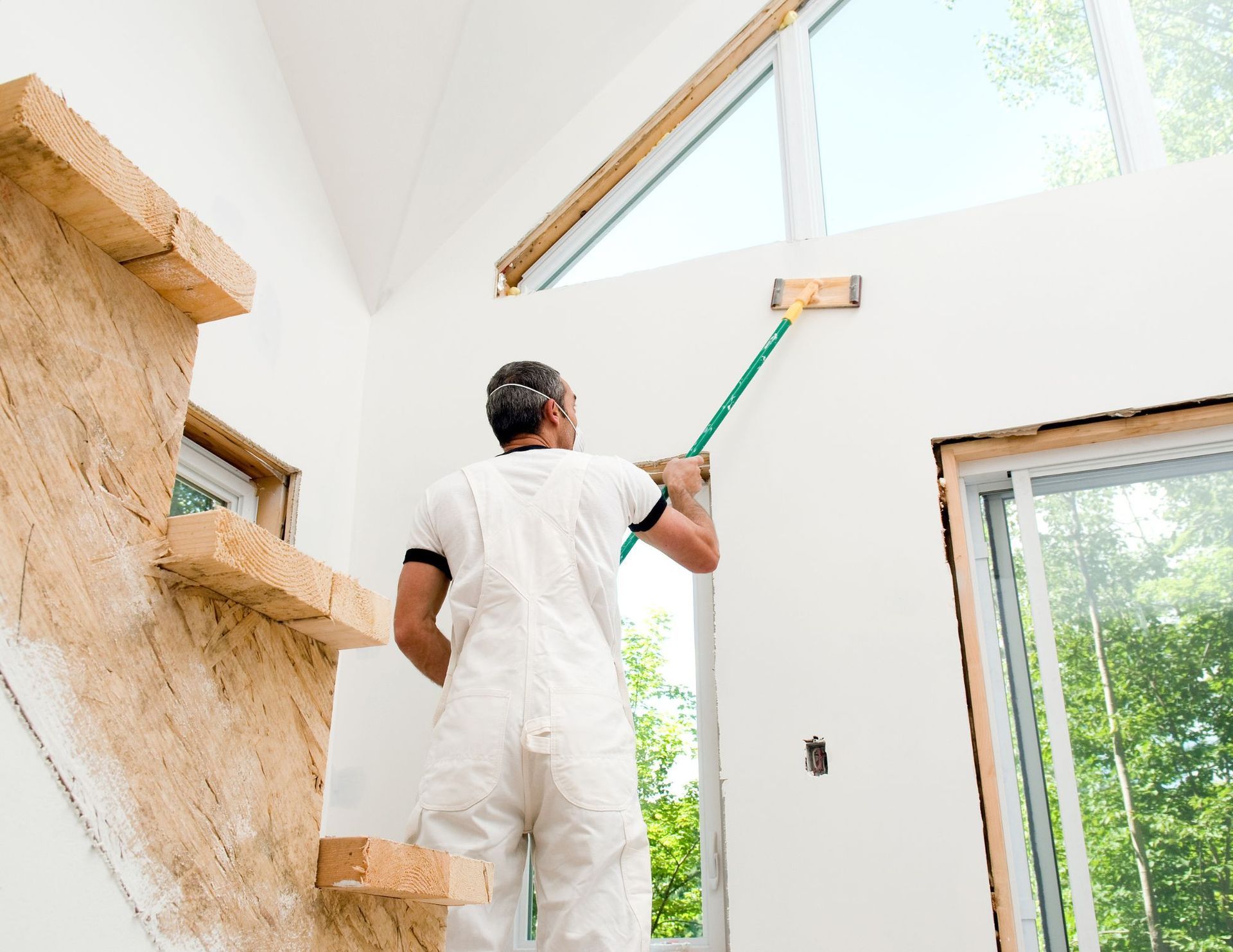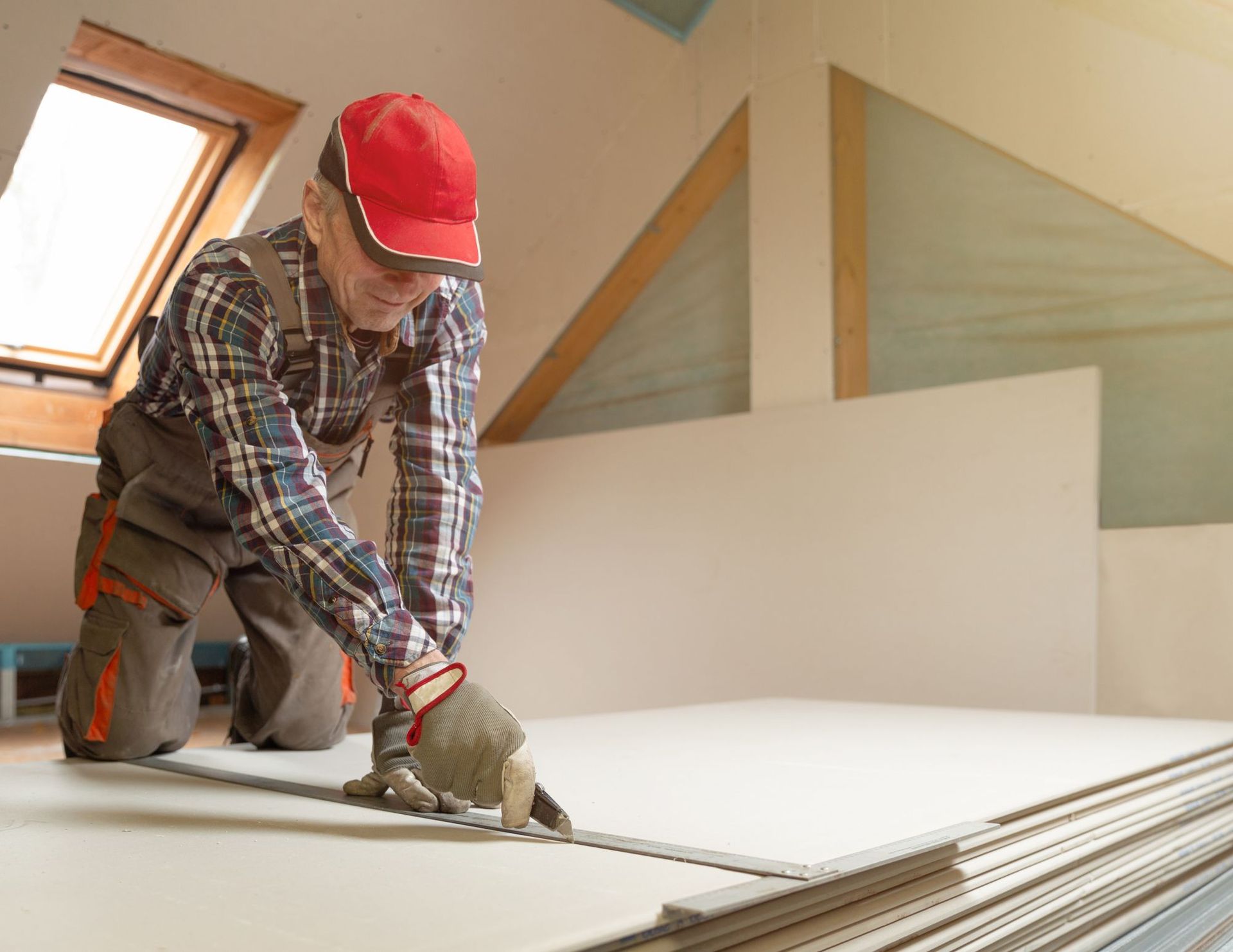How To Hang a Heavy Mirror on Drywall

Hanging Heavy Mirrors on Drywall Like a Pro
Ah, the allure of a beautifully crafted mirror – it can transform a space, add depth, and even make a room feel larger. But before you get lost in your own reflection, there's the small matter of hanging that heavy mirror on your drywall. Fear not, my home décor enthusiasts, because we're diving into the art of mirror hanging, ensuring your reflection game is strong and your drywall remains intact.
Tools and Supplies
Before you embark on this mirror-hanging journey, gather your tools and supplies like a seasoned explorer preparing for an adventure. You'll need:
Heavy-Duty Wall Anchors: These are your trusty sidekicks in ensuring your mirror stays put. Choose ones that are designed to handle the weight of your mirror.
Drill and Bits: A reliable drill is your best friend. Make sure you have the right drill bit size for your wall anchors.
Level: A level ensures that your mirror hangs straight, avoiding any "leaning tower of mirror" situations.
Pencil: A simple pencil mark helps you pinpoint the exact spot for your anchor holes.
Screws: The anchors come with screws, but it doesn't hurt to have a set on hand, just in case.
Step 2: Measure and Mark
Measure twice, hang once – that's the golden rule. Measure the height and width of your mirror and mark the desired spot on the wall with a pencil. Using a level, make sure your marks are perfectly aligned, ensuring a straight and balanced mirror.
Step 3: Choose the Right Anchors
Not all wall anchors are created equal, so make sure you select ones designed for heavy objects. Toggle bolts or molly bolts are great options. The packaging of the anchors usually indicates the weight they can support – aim for ones that comfortably exceed the weight of your mirror.
Step 4: Drill Pilot Holes
This is where your drill skills come into play. Use a drill bit that matches the size of your chosen wall anchors. Drill pilot holes at the pencil marks you made earlier. Make sure the holes are deep enough to accommodate the length of the wall anchors.
Step 5: Insert the Anchors
Gently tap or screw the wall anchors into the pilot holes. They should fit snugly but not be forced. If they're not going in smoothly, try a different spot or adjust the size of your pilot hole.
Step 6: Hang the Mirror
Hold your heavy mirror carefully, aligning its hanging brackets or hooks with the wall anchors. Depending on the type of mirror, you might need a helper for this step. Once everything is lined up, gently lower the mirror onto the wall anchors.
Step 7: Secure the Mirror
Now, it's time to secure the mirror in place. Insert screws through the mirror's hanging brackets or hooks and into the wall anchors. Use your drill to tighten the screws, but be careful not to over-tighten and risk damaging the mirror or the drywall.
Step 8: Give It a Final Check
Stand back and admire your handiwork. Use your level again to ensure the mirror is hanging straight and level. Give it a gentle nudge to make sure it's securely in place.
Step 9: Enjoy Your Reflection
Congratulations, you've successfully hung a heavy mirror on drywall like a seasoned DIY pro! Now, step back and bask in the satisfaction of a job well done. Your space has a new focal point, and you've managed to achieve it without causing any drywall disasters.
Remember, the key to successful mirror hanging is patience and precision. Take your time, follow the steps carefully, and before you know it, your heavy mirror will be gracing your wall with style and sophistication. Happy hanging!
Gently tap or screw the wall anchors into the pilot holes. They should fit snugly but not be forced. If they're not going in smoothly, try a different spot or adjust the size of your pilot hole.
If you're looking for
drywall contractors in Ottawa, give us a call!
You might also like

Book a Service Today
We will get back to you as soon as possible
Please try again later
Ottawa Drywall Pros
Ottawa Drywall Pros
Disclaimer
This is a referral site. All projects are completed by a local contractor.
We're available
- Mon - Sat
- -
- Sunday
- Closed

